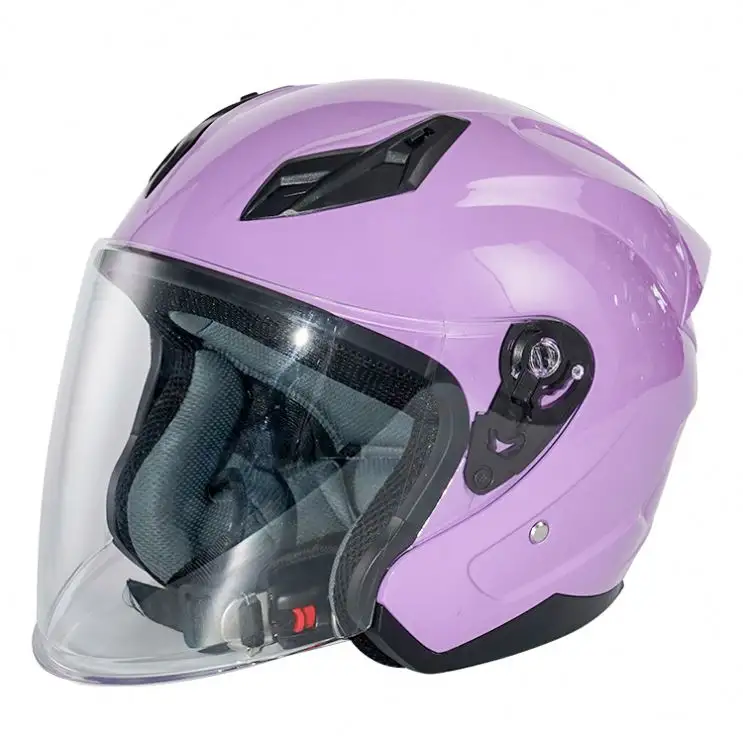Cruising safely on a motorcycle starts with choosing the right helmet. Here’s the ultimate guide to motorcycle helmets to ensure you make an informed and safe choice:
1. Helmet Type:
- Full-Face: Offers the most protection with a chin bar that covers the face. Ideal for high-speed riding and maximum coverage.
- Modular: Features a flip-up chin bar, offering versatility between full-face and open-face styles.
- Open Face: Covers the top and back of the head, leaving the face open. Provides good visibility and ventilation but less protection.
2. Safety Standards:
- Ensure the helmet complies with safety standards such as DOT (Department of Transportation), ECE (Economic Commission for Europe), or Snell. Verify the appropriate standard based on your location.
3. Helmet Size:
- Measure your head’s circumference just above the eyebrows using a flexible measuring tape. Refer to the manufacturer’s sizing chart to determine the right helmet size.
4. Head Shape:
- Determine your head shape, which can be round, intermediate oval, or long oval. Select a helmet that matches your head shape for the best fit.
5. Try Before You Buy:
- Whenever possible, try on the helmet before purchasing. Make sure it fits snugly but not too tight. Different brands and models may have varying fits.
6. Ventilation:
- Consider the helmet’s ventilation system. Proper airflow helps you stay cool and comfortable during rides, especially in hot weather.
7. Weight:
- Helmet weight can affect comfort, particularly on long rides. Find a helmet that balances protection and weight. Lighter materials can reduce fatigue.
8. Retention System:
- The chin strap and retention system should hold the helmet securely. Ensure you can adjust the straps to achieve a snug and comfortable fit.
9. Face Shield and Visor:
- Evaluate the face shield or visor for features like anti-fog and UV protection. A quality visor enhances visibility and comfort on the road.
10. Interior Padding:
- Interior padding should be comfortable and moisture-wicking. Some helmets offer removable and washable padding for easy maintenance.
11. Safety Features:
- Look for safety features like multi-density foam liners, integrated communication systems, quick-release chin straps, and advanced safety technologies like MIPS (Multi-Directional Impact Protection System).
12. Noise Reduction:
- Helmets with effective noise reduction features can make your rides quieter and more comfortable, especially during long journeys.
13. Style and Design:
- Choose a helmet that matches your personal style and complements your riding gear. Many helmets come in various colors and designs to cater to different tastes.
14. Price and Brand:
- Establish a budget for your helmet purchase and seek options that offer the best value. Reputable helmet brands typically provide a higher level of quality and safety.
15. Maintenance:
- Regularly inspect and maintain your helmet. Check for wear and tear, replace the face shield if needed, and keep the helmet clean to ensure it continues to provide optimal protection.
16. Replace After a Crash:
- If your helmet has been involved in a crash or impact, even if there is no visible damage, replace it immediately. Helmets are designed to absorb impact energy and may no longer offer the same level of protection after an accident.
Choosing the right motorcycle helmet is a crucial aspect of riding safely and comfortably. A well-fitting helmet provides essential head protection and can make your cruising experience safer and more enjoyable. Prioritize safety and invest in a quality helmet for your motorcycle adventures.


